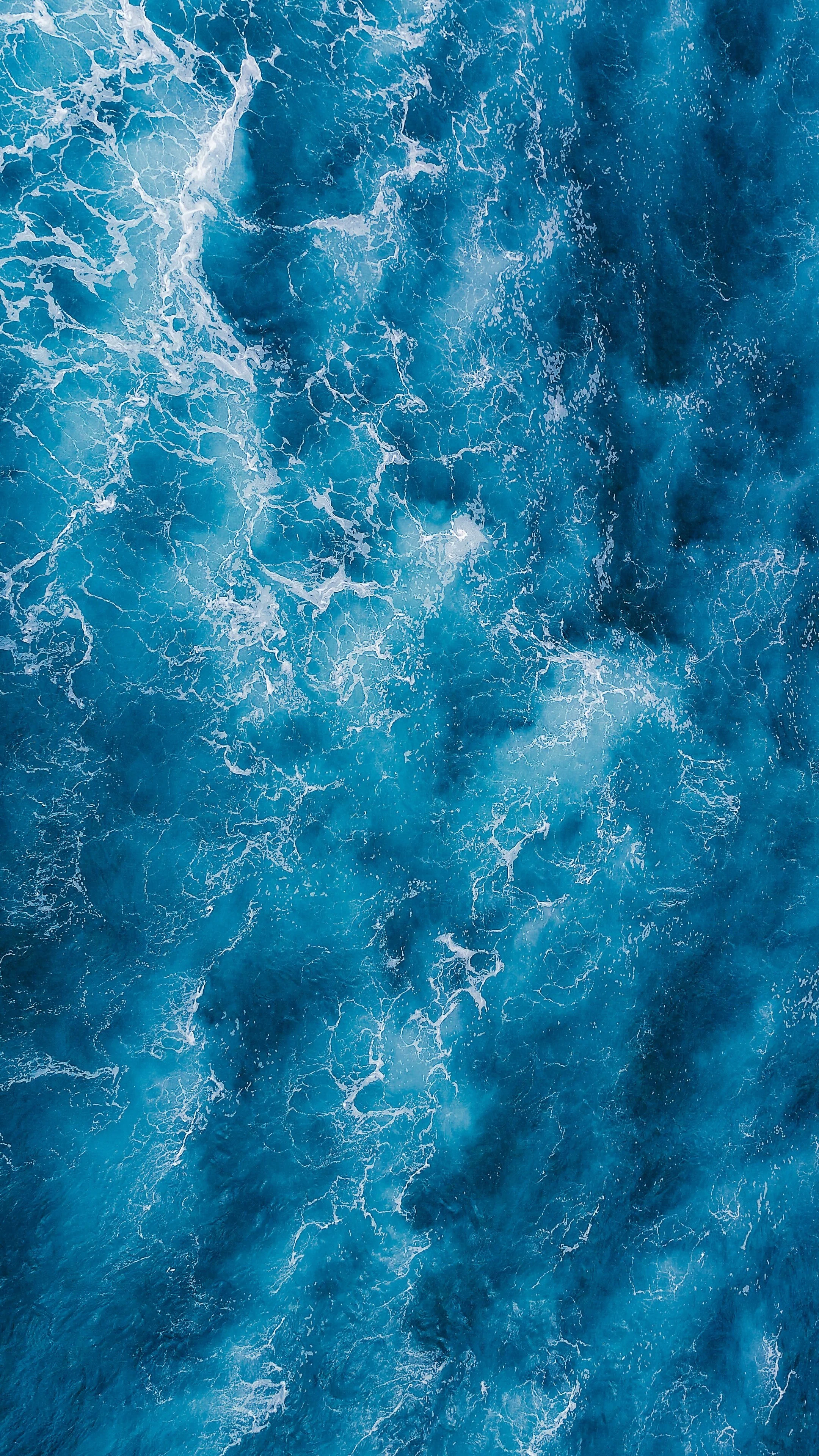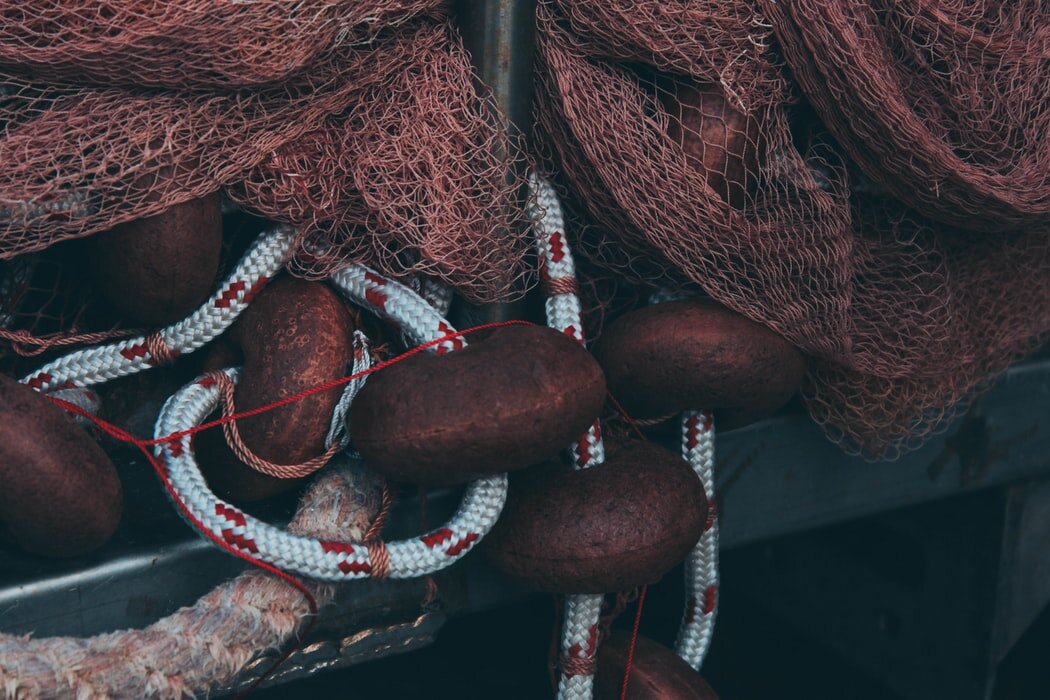Conserving the largest ecosystem on Earth
Emma Williams
The largest yet least protected parts of our planet are found in the open ocean. Its remote position beyond the scope of where many of us will ever adventure, has allowed it to become the wild west of the ocean. The harmful activities taking place there are out of sight making it easy for them to be overlooked, until now.
Fortunately, recent years have brought about an increased awareness of anthropogenic activities and consequent threats facing the open ocean. Scientific inclusivity is also starting to improve. Topics such as fish stocks, ocean pollution and climate change were previously confined to conversations among experts. Happily, recent years have seen an increase in public awareness and engagement with these topics and subsequent pressure for better marine conservation.
Waves of the open ocean. Photo: Pexels
The challenges of protecting areas of the open ocean
The open ocean habitat is not characterised by distinctive structures such as reefs or seamounts like in many other ecosystems. It is instead characterised by the highly mobile species that live there. This creates intrinsic challenges when trying to determine which areas to protect. Applying appropriate monitoring and enforcement regulations add further challenges. This is demanding enough in coastal areas, but the scale and remoteness of the open ocean further exacerbate and complicate these challenges. In order for open ocean reserves to be successful a holistic ecosystem-based approach is essential. Providing a refuge for marine life and safeguarding all habitat functions is crucial to allow degraded habitats to repair and depleted species to recover.
Thankfully, humans are capable of incredible things, and the development of new technology is enabling greater surveillance of activities taking place far from land. Improving our ability to monitor even the most remote areas of the ocean, and better conserve the life within it.
A map showing the global locations of fishing vessels. Photo: Global Fishing Watch
In an attempt to keep a watchful eye over global fishing activities, all large vessels are required to have an Automatic Identification System (AIS). This continuously transmits the ship’ location and identity via satellite back to authorities many miles away on land. This allows boats to be tracked in almost real time and helps identify illegal fishing boats. As amazing as this is, it is not fool-proof. Vessels can turn their AIS off allowing them to remain undetected.
The Global Fishing Watch is working hard to tackle illegal fishing using cutting edge technology. They are also a key organisation in advocating for the transparency of data to tackle global challenges. Leading by example a large amount of their vessel tracking data is available for free online. Head over to their website to explore this yourself.
Albatross fly across the open seas, Falkland Islands. Photo: Unsplash
Other initiatives have gone for a more outside the box approach, employing nature itself to help monitor and tackle illegal fishing in the open ocean. Albatross have been chosen to give a new perspective. After all, few animals know the ocean as well as them. Little do they know that as they go about their business, wandering the ocean in search of food, a small GPS tracker attached to their back is picking up radar signals emitted by boats. Using these ocean guardians can help us monitor vast areas and detect vessels that are trying to hide their location from the authorities.
How can you help protect and conserve somewhere so far from our reach?
Although the open ocean is far away, it is by no means out of your reach. In fact many of the threats facing it are directly caused by human activity taking place to meet our demand for seafood. The excellent news is that you can make a great deal of difference simply by being responsible and accountable for what ends up on your plate. After all the services the ocean provides to us, it deserves at least that much.
Here are some tips to help you conserve the ocean:
Download and use a sustainable seafood guide. This will give ‘best choice’, ‘think twice’ and ‘avoid’ options for seafood. Good guides factor in not just the species but also individual stocks and fishing methods.
Take the Fish Free February pledge and keep fish as friends not food for the whole month ().
Reduce your overall fish consumption. When lots of people make small shifts, big changes happen. Seafood is caught to meet demands after all not the other way around.
Eat a wider variety of fish taking the pressure off the most desirable ones, and support small scale local fishermen that are using low impact sustainable fishing methods.
Avoid eating fish with high bycatch levels; including longline caught tuna which has a high bycatch, instead choose tuna caught using a pole and line.
Ghost fishing gear can be lost at sea and trap marine life. Photo: Unsplash
By doing what you can to support sustainable, well managed, and low impact fisheries you will not only be helping to conserve marine life, but also reduce ghost fishing gear and human rights violation at sea.
Lastly, join conservation efforts and stay informed about what’s happening. All eyes are on the open ocean as the United Nations are currently discussing an international High Seas Treaty (full name ‘Intergovernmental Conference on Marine Biodiversity of Areas Beyond National Jurisdiction’). The aim of this is to better manage the international waters of the open ocean and protect and conserve the marine life that call it home through the designation of marine reserves.
Here are some additional resources to delve further into the threats, solutions and decisions being made about our planet’s biggest ecosystem.




